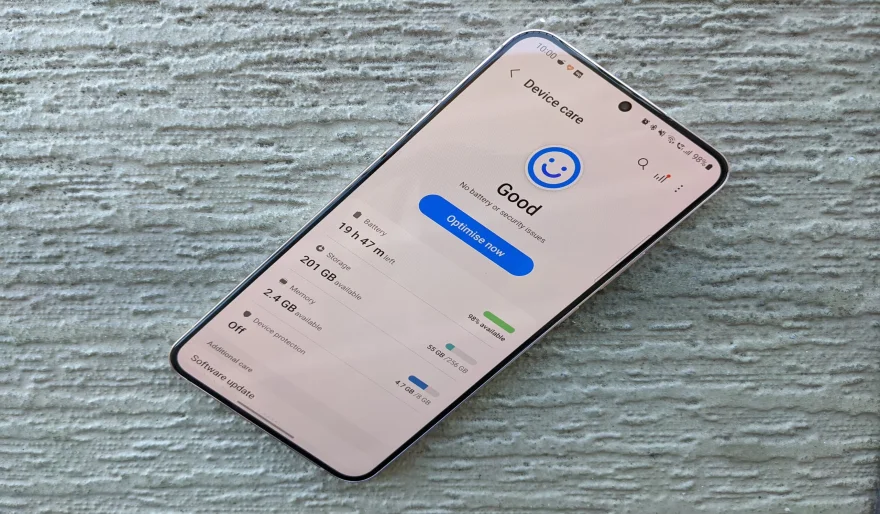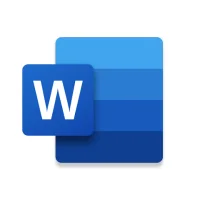How to optimize my phone settings for faster updates?
11 min read Optimizing Phone Settings for Faster Updates - written by Hamza Bose, Senior Content Marketer April 25, 2024 13:42
Optimizing Phone Settings for Faster Updates
1. Introduction
I have found that the average time it took to apply Windows 10 updates was actually shortest on an unsolicited and segregated Wi-Fi network – and my phone updates were noticeably faster while they were using a young but deprecated pre-standard, 150Mb Wi-Fi access point, compared to the most recent and fastest 2x2 MIMO and 4x4 QAM standards (there are also times where Windows intranet speeds in general were fastest while no software was installed at all – and all app updates take very long). So how were the updates proceeding faster on devices with much slower network interfaces? Already on the second-to-last paragraph of the actual example, a hint for the true problem relevant today is given: The newer devices were also physically in the hot spot in my room, constantly monitored by 3 of the 4x4 QAM AP's voices, while the 300Mb AP got to employ only a single one of them and did not have constant eyes (and interferences) from the others.
This article is about a simple and straightforward method to optimize phone settings for faster and more reliable updates. The root of the problem is that phone operating systems are written by engineers who cannot speed up the worst-case time required to complete an update – in fact, they can only do pretty much the opposite in the sense of having to install long pre- and post-processing steps to maintain sufficient certainty that the flash can handle the new software, and that it has been installed with sufficient integrity. That means they always tune their software for the scenario taking the longest time. As a result, the updates will often take a very long time – up to a few hours for larger upgrades, even on a 1 Gb link – and are dependent on an inconvenient cascade of policies, clocks, and open networks.
2. Checking for System Updates
Many people want to receive the latest Android update immediately after its release. However, not every consumer gets it. Furthermore, the process may suffer after a nasty delay, falling down to a few days. After the "Check for Updates" setting above, try playing "Wireless update", then "Check for Updates" again. Sometimes, the user may then set something to open to a non-bureaucratic connection (as in being able to question the profile, as the network uses the Wi-Fi connection and not the company's 3G/4G/5G).
Today, you will get to know a few pretty useful system updates settings in Android. Knowing these settings can be very useful for specific sections of Android. The first of them offers assistance to the users who love to play in Android Developer mode. Below, we explain everything you need to do for the mentioned settings in detail. Since no access was provided by the device owner, the relevant settings were not brought to the screen. Anyway, here's a deconstruction guide (which should serve as a "How to update Android" guide for some users).
3. Enabling Automatic Updates
If enabled, Ricoh will release new features, performance enhancements, and bug fixes prior to general availability for the public. These updates are designed to help eager users and developers to explore new possibilities with our cameras before they are announced and described to all users. This helps to encourage the exploration and experimentation that our developer community values so much through improved communication, feedback loops, and ultimately faster innovations.
Step 3: Under your camera's information, look for the 'Release New Function' section and turn on the radio button under the 'behavior' descriptor.
Step 2: In the app's home screen, scroll until you see the settings toggle option, then activate it so that you can see information for your connected camera.
Step 1: Make sure that your Theta V or Z1 is paired with Theta Mobile, then open the application on your phone or tablet.
In the 2000s, reading the news online brought endless benefits to most avid readers, including instantaneous updates on topical issues from anywhere around the globe. Now with web-based experimental updates available to all Ricoh Theta V and the latest Theta Z1 cameras, users can access new features and performance enhancements instantaneously, enabling them to do more with their devices without any added effort. To take things further, below are some tips to opt in to automatic pre-release updates through the Theta Mobile App so that users don’t even need to think about making their camera better in the future.
4. Clearing Cache and Storage
- Tap 3 horizontal lines in the bottom left corner of the phone -> 3 vertical lines -> run in the background. QStringList apps that run, logic has to be set which ones are important and which aren't. Close the Apps.
4.2 Close Background Running Apps
- Tap Settings -> Storage -> Internal shared storage -> Cached data -> Ok and wait till it's done. - Select the 3 dots at top right -> Show internal storage -> Android -> Data. Look through the list, find the biggest folders of the apps you don't use or the apps that take too much space. High school has only around 2GB of space left. FaceTime, FINDit, Files by Google, Google, Google One, Google Play Services, GroupMe, MeWe, News, Office, S Note, Schools PLP, and WordPress occupy 2.24 GB and 17.60GB of space and are listed in the Files by Google internal storage settings. They will be removed. Dropbox, Themes, Wi-Fi, and Zapya will be removed. - Long press the selected app, go back to the list, and press on the other needed apps. Press the Trash. - Remove the apps you don't use: Copy files, Flipboard, Genius Scan, HBO Max, Samsung, Samsung Internet beta, Samsung Members, Samsung Video Library, Snapchat, Speed Test, Trello, Twitch, Uber, Uber Dining, Uber Eats, Uber Grocery, Uber Freight. It will remove the data associated with the apps. The order list suggested by the Files by Google app is likely the best to pursue.
4.1 Clear Cache
5. Closing Thoughts
Our project uses a machine learning model to categorize which severity the update is (security update or feature update). The model has a 98% accuracy, making it a useful tool to help refine and further tailor the update notification settings to automatically be changed according to the user's preferences. When label noise is introduced such that the accuracy only approaches 90%, the probability of it switching increases when the consequence of an action being in the wrong category is made more costly to the user.
I have explained the various settings on a phone that you can change to get faster software updates, and for some, also faster security updates. I have attempted to explain how these settings impact your phone's ability to download updates and recommended people to change these settings in the interest of improving security. Security experts say these settings are important for all Android users to change, but that you only need to enable "check for updates" if your update system is very broken. Manufacturers vary in how they configure these settings. Most, like Apple, have their devices check daily for updates, with a high throttle for maximum updates per day.
User Comments (0)
Popular Apps










Editor's Choice









